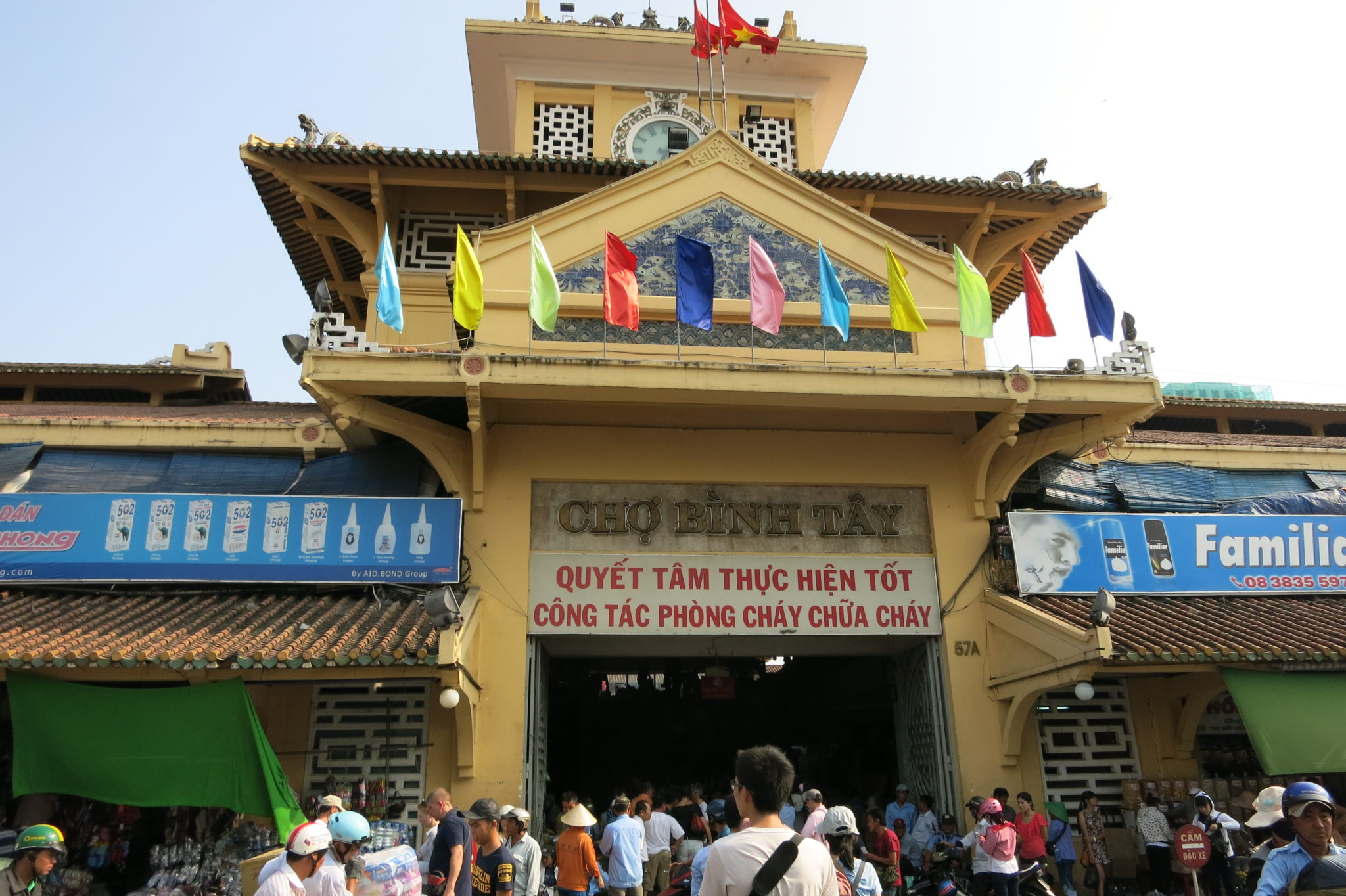
Ho Chi Minh City (HCMC) is Vietnam at its most dizzying: a high-octane city of commerce and culture that has driven the country forward with its pulsating energy. Most people mistake HCMC to be the capital of the country, in comparison to its quieter and less international city of Hanoi, in the north, which used to be under communist rule. In the south of the country, it is more of an open-market regime, where capitalism and businesses rule. After having been to major Southeast Asian metropolises including Manila, Bangkok, Jakarta, I still think that HCMC does not have such a bad traffic problem, except during peak hour. Moreover, crossing the road can be as easy as ABC when you get used to taking the first step to cross the road. Drivers are kind enough to avoid you, unlike in other cities where I had experienced drivers speeding up and threatening to knock down the poor pedestrain.
Some of you may know HCMC by another name, which is Saigon. It used to be called Saigon under French colonial rule, but after the country gained independence, the name was changed to commenmorate the founding father. There is a wide range of international cuisine at affordable prices to try, of which I will list out some food recommendations in my next post. If you are thinking about eating pho, you may be surprised to find chain stores of pho which originated from the northern part. In fact, pho is more popular in the north, as the south have their own specialties.
In order not to get cheated by the taxi drivers, I would recommend taking Uber around HCMC. It is cheap and convenient. We paid only $5-6 for a half an hour ride from the city centre to another district. The usual price of a taxi from the airport to the city centre under metered fare is US$14-$16, but with Uber I paid only US$9. Getting Uber cars around the city was easy, even late at night. There is also another option, which is GrabTaxi. A few of the Uber drivers that I was chatting with lamented that Uber drove the prices down, so drivers are not being paid well and they are thinking of jumping ship to GrabTaxi.
Since Vietnam used to be ruled by the French, there is no lack of French architecture to be found in the city, the most famous one of all is the Notre Dame cathedral. It is a brick, neo-Romanesque church with 40m-high square towers tipped with iron spires. Just across the road from the Notre Dame cathedral, you can see the Central Post Office. At first sight, the exterior of the building looked like a railway station to me. Inside, the floor is covered with beautiful tiles and green wrought iron. Apparently, the post office was designed by Gustav Eiffel, the same guy behind the Eiffel Tower. Being there, I took the opportunity to buy stamps and to send out postcards to several friends.
| The Central post office, designed by Gustav Eiffel |
| interior of the post office |
stamp for postcard to Asia: 11000d
stamp for postcard to Europe and rest of the world: 13500d
(accurate as of March 2016)
| lavish meeting rooms |
| the site where a bomb was dropped during the war |
| in the underground telecommunications rooms |
The Reunification Palace (admission fee: 15000d) is one of the more important historial buildings in HCMC. It is closely associated with the fall of the city in 1975, yet the modern design and refurbished exterior seem to conceal the dark history behind it. There are several grand meeting rooms on the ground floor, while upstairs is a grand set of reception rooms, used for welcoming foreign and national dignitaries. I found the basement to be more intriguing, as it is the telecommunications centre, war room and warren of tunnels. It also acted as a bomb shelter in case of war emergencies.
After a morning of soaking in the historial sights of HCMC, you can visit Ben Thanh market (Vietnamese: Chợ Bến Thành), a large marketplace in district 1. The market is one of the earliest surviving structures in Saigon and an important symbol of HCMC, popular with tourists seeking local handicrafts, textiles, áo dài and souvenirs, as well as local cuisine. However, be aware of scams or storeholders trying to quote you at over-inflated prices, especially to the first-time tourist in Vietnam who may be confused by the number of zeroes in the currency. I would recommend going to Chinatown or Binh Tay market to get your souvenirs.
Lastly, I would like to introduce Bitexco Financial Tower, the tallest building in the city. The 68-storey, 262m-high, skyscraper dwarfs all other buildings around it. It’s reportedly shaped like a lotus bulb, but also resembles a CD rack with a tambourine shoved into it. There is a skybar on the 48th-floor, so go there for a cocktail and enjoy the sunset view.



